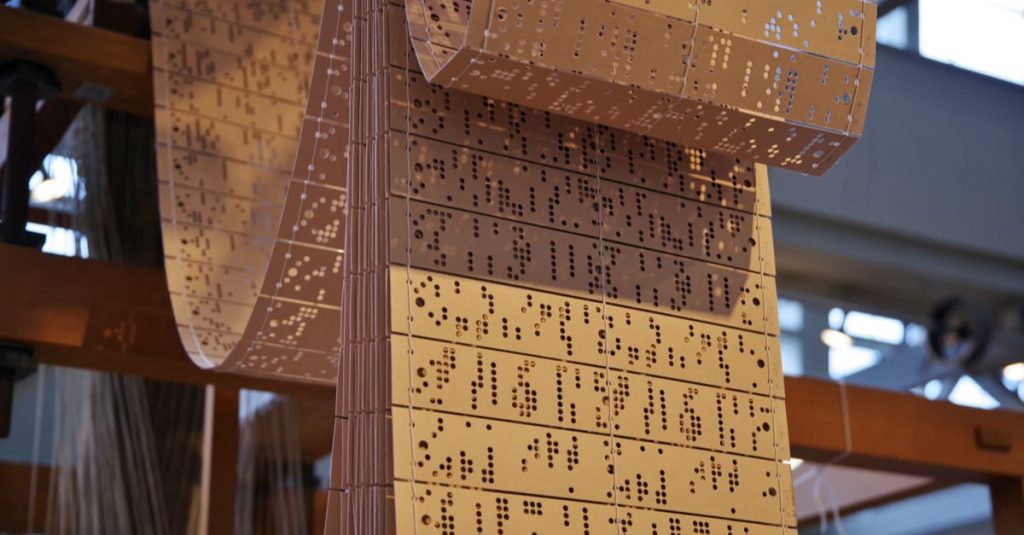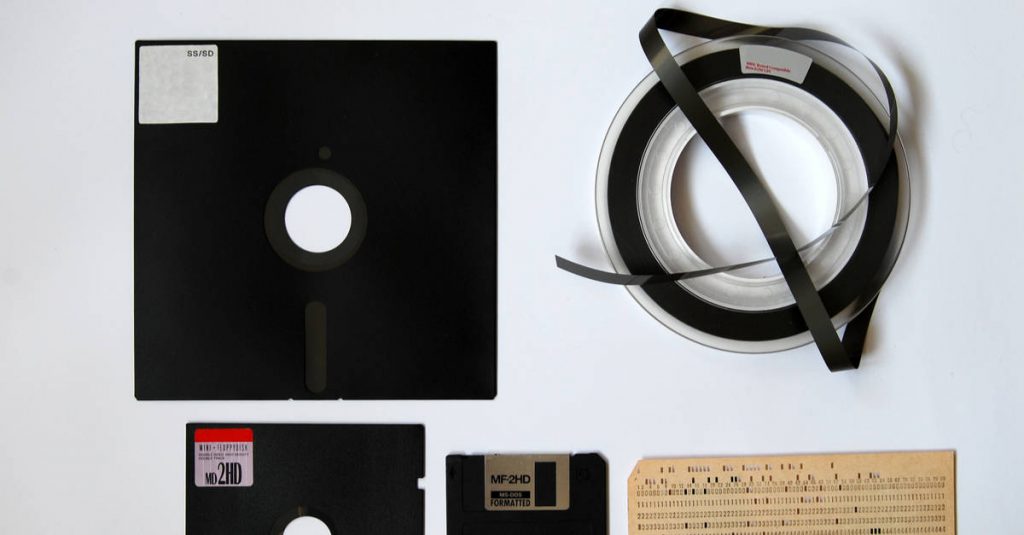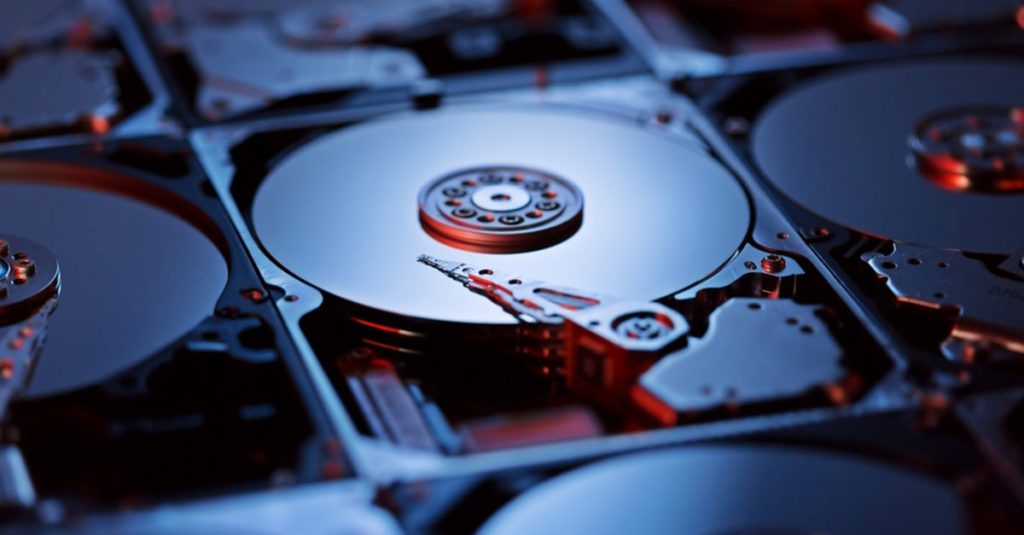While the history of hard drives continues to unfold, early attempts to mechanically store information go back centuries. In fact, it was the early days of the industrial revolution that gave rise to the technical concepts that power today’s hard disk drives.
In order to make silk weaving consistent, in 1725 a Frenchman named Basile Bouchon developed a paper tape that helped automate the looms that wove silk, making the manufacturing process more repeatable.
About 80 years later, another Frenchman, Joseph Marie Jacquard, produced a machine that used punch cards to control the silk-weaving looms and make complex patterns simpler to compose.

That same punch card innovation proved its value over time. In the 1880s an American, Herman Hollerith, developed a method for using punch cards to store data that was used for the 1890 US Census.
The cards were used well into the 20th century for control and basic automation in the earliest computing devices. In fact, Hollerith’s innovation helped found International Business Machines (IBM), a company which has defined the face of enterprise computing over the decades.
Indeed, in 1956 it was IBM that invented hard disk drive technology, with its RAMAC—“Random Access Method of Accounting And Control”—which offered a princely 5MB of data storage operated by a gigantic array of machines.

As IBM continued to innovate with HDD technology in the following decades, storage giant Seagate, founded by Al Shugart in the late 1970s, raised the ante for hard disk drive production, quickly becoming the largest independent global producer of HDDs.
Perhaps most importantly, casting its shadow over all this innovation was the humble punch card. It was the punch card method that led to the binary system of ones and zeroes that underpins modern computing and the development of read/write technology central to the history of hard drives.
Back to the Future
Fast-forwarding to today, punch cards are but a relic. Data storage now takes many forms, including magnetic (not paper) tape, magnetic hard disk drives, solid-state devices, and in the past decade the rise of cloud storage, which uses, depending on need, a combination of all of these technologies.
While hard disk drives have been around for some time, they remain top of the class for low-cost and reliable storage. Hard drives are proven performers, and are known quantities that chief financial officers, chief technical officers and their teams appreciate due to their well-established ROI.

As we look ahead to future developments in hard drive engineering, enterprise leaders Seagate and Western Digital (WD) are hot on HAMR (heat-assisted magnetic recording), while WD is simultaneously holding a candle for MAMR (microwave-assisted magnetic recording). Meanwhile, Seagate points to its deployment of dual actuator technology as a means of unlocking additional input/output operations per second for improved read/write performance.
Then there’s the adoption of shingled magnetic recording (SMR), set to further boost capacities. Even amid advances in the NVMe-oF protocol and the rise of composable infrastructures, it’s an exciting time for HDD.











